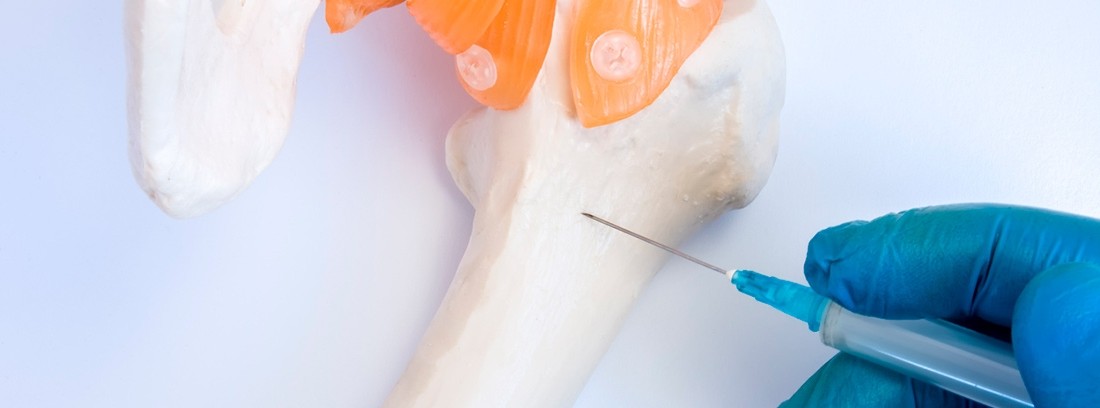Bone marrow biopsy

A bone marrow biopsy is a invasive diagnostic test which consists of the removal of a small bone fragment that contains inside a small amount of bone marrow by using a biopsy needle (thick needle with sharp edges that contains a guide inside).
The bone marrow is a liquid component of bone tissue found in the flat bones of the body (such as the iliac bone or sternum) responsible for manufacture the three elements blood basics:
- Red blood cells (red blood cells)
- White blood cells (leukocytes)
- Platelets
If instead of a fragment of bone rich in bone marrow, we obtain only a small amount of bone marrow, we speak of bone marrow aspirate.
How is the study done?
The study can be carried out in a ambulatory usually in operating rooms of the medical center or hospital by specialized personnel. Biopsy extraction usually lasts 10-15 minutes.
- The patient remains lying down face up (if the biopsy is taken from the breastbone) or face down or on the side (if the biopsy is taken from the iliac bone).
- The doctor performs a disinfection Careful of the area of skin on which the biopsy will be performed.
- Later he will inject a small amount of local anesthetic and proceed to insert the biopsy needle until reaching the bone, remove the guide contained within it and proceed to bone marrow aspirate With the help of a syringe or when taking the bone marrow biopsy, making different rotary movements with the needle until a bone fragment is deposited inside.
The aspirated or biopsied content will be placed on a suitable medium and will be sent to the laboratory for further study.
Preparation for the study
The study no preparation required previous. The patient should avoid taking aspirin or anti-inflammatories In the days prior to the study, you should also inform your doctor if you have blood clotting problems or if you are undergoing anticoagulant treatment before the study is carried out.
What does the study feel like?
The study it's annoying and sometimes painful for the patient, but in most cases it is tolerable.
- You can feel a prick and feeling of burning when injecting the local anesthetic.
- In some cases, the doctor will have to apply strong pressure when inserting the biopsy needle.
- The patient may feel a sharp, dull, momentary pain when the needle goes through the bone (since the bone cannot be anesthetized).
- A sedative may be administered to the patient for better tolerance of the procedure.
- After the procedure, the patient may experience some pain in the area that generally subsides in the following hours with the help of regular painkillers.
Study risks
- Local hematoma in the puncture site
- Bleeding at the puncture site
- Local infection or biopsied bone (rare in aseptic conditions)
Contraindications
The patient must inform his doctor before conducting the study in case of:
- blood clotting problems
- Taking medication, especially oral or subcutaneous anticoagulants.
Reasons why the study is carried out
Both the biopsy and the bone marrow aspirate are widely known diagnostic tests used in the field of Medicine as it provides very valuable objective information for the doctor. Lets decide different treatment options for different blood diseases depending on the results obtained. As it is an invasive test, it is not performed as a screening test and is reserved for very selected cases of patients with blood diseases in which the bone marrow is suspected to be affected such as anemias of unknown cause, blood tumors, metastasis of other tumors or severe infections, among others.
Do you know the new insurance Sap? If you are concerned about the financial repercussions that your admission or that of a family member may have for you, the new MAPFRE hospitalization indemnity insurance can give you peace of mind.
This insurance guarantees you a daily remuneration in the event that the insured person has a hospitalization.
(Updated at Apr 14 / 2024)